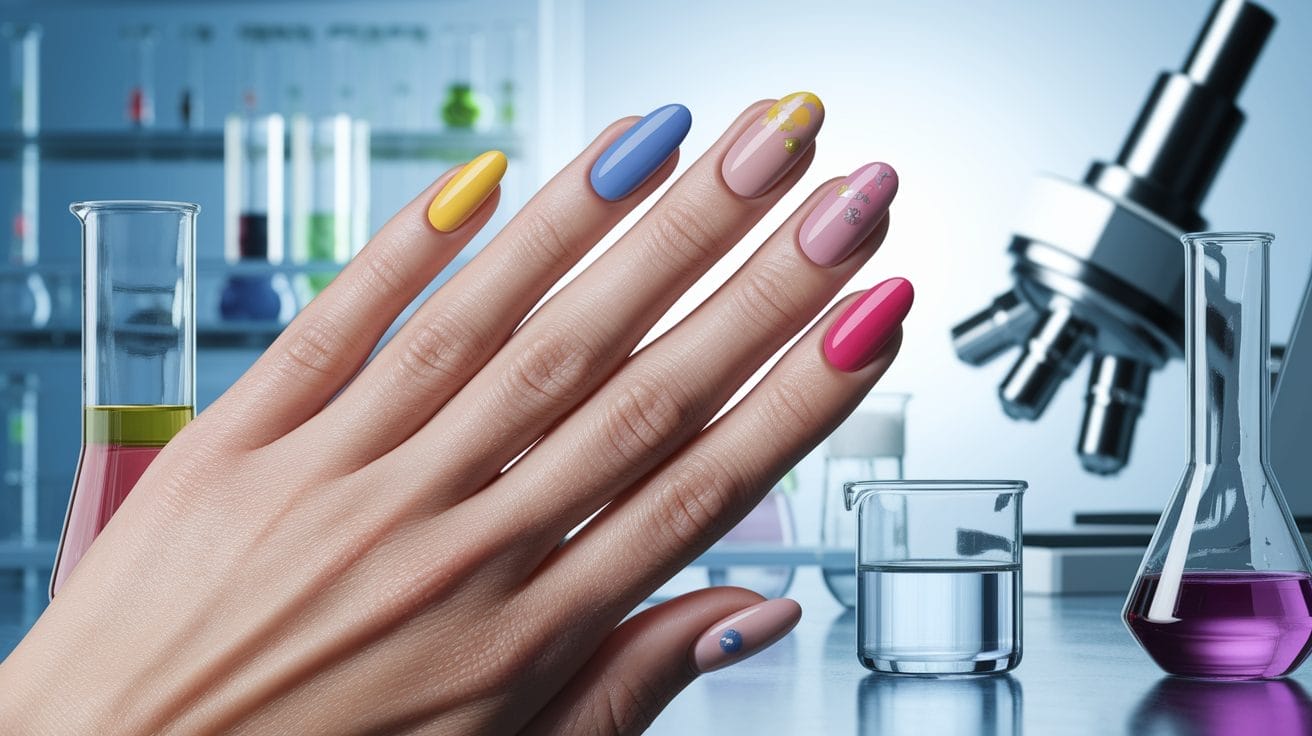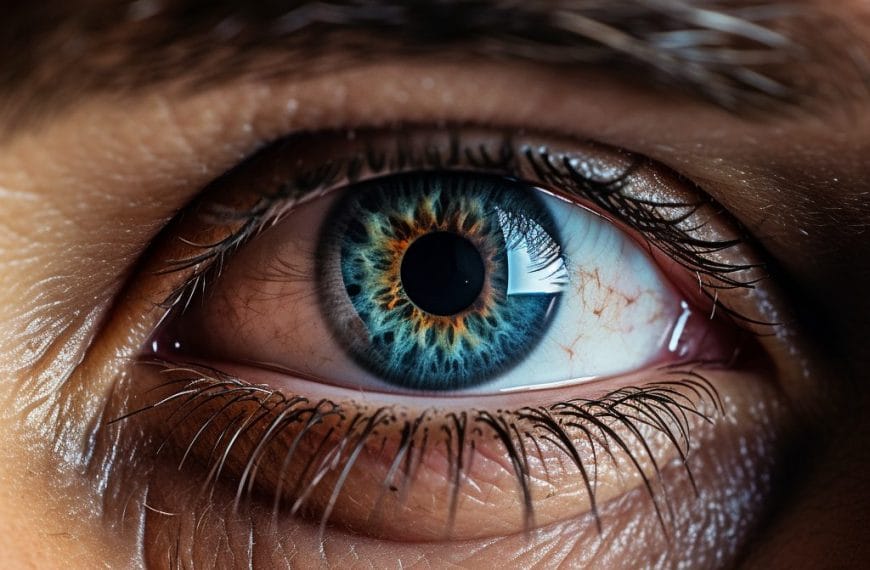Growing Pains? Quick Answer Inside
Your fingernails grow because a specialized area under your skin, called the nail matrix, is constantly making new cells filled with keratin — a tough protein. These cells push older ones forward, forming the hard nail plate you see. Fingernails grow continuously at an average rate of about 3 millimeters per month and help protect and support your fingertips in everyday tasks.
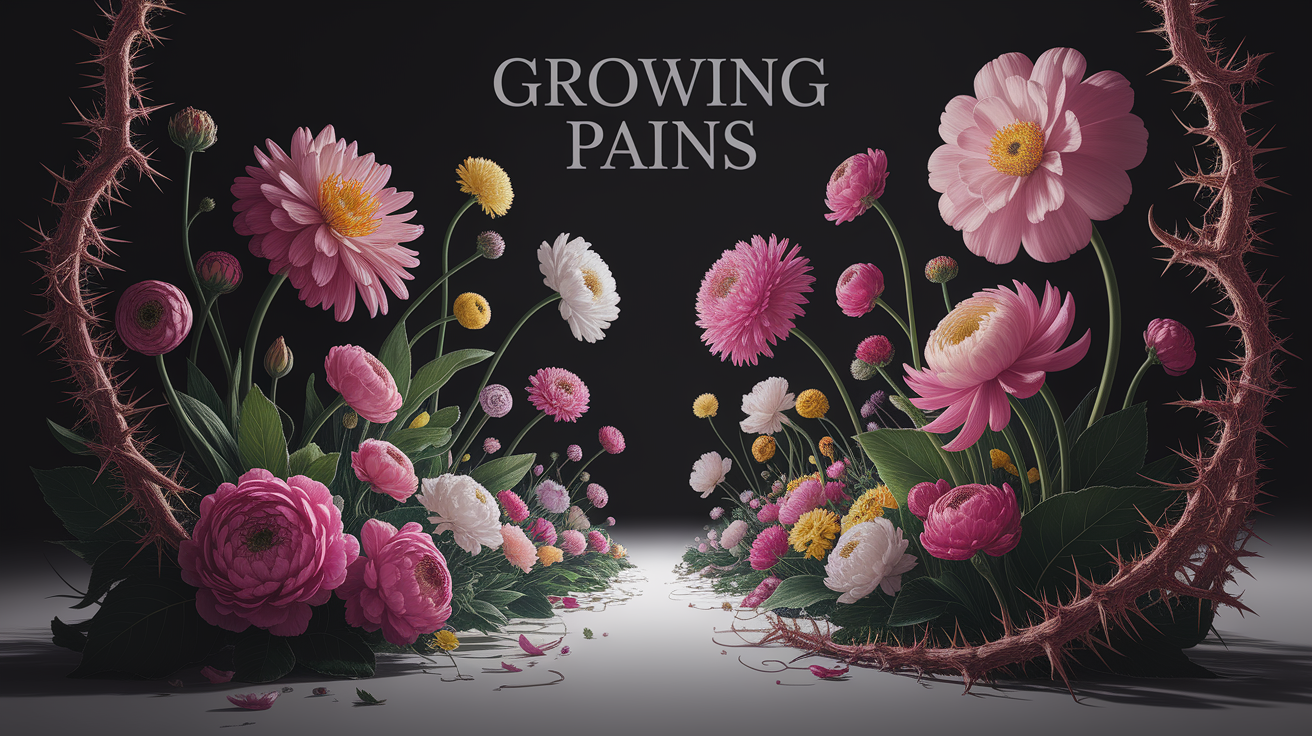
The Nail Matrix: Your Growth Engine
The nail matrix is the hidden powerhouse behind your nail growth. Located beneath the skin at the base of the nail, close to the cuticle, it’s made up of rapidly dividing cells. As these cells multiply, they produce keratinocytes — cells packed with keratin — which form the nail plate. The visible half-moon shape at the base of your nail, called the lunula, is part of this matrix showing through the nail. You can explore a more detailed look at the nail matrix function if you’re curious about its anatomy and precise role.
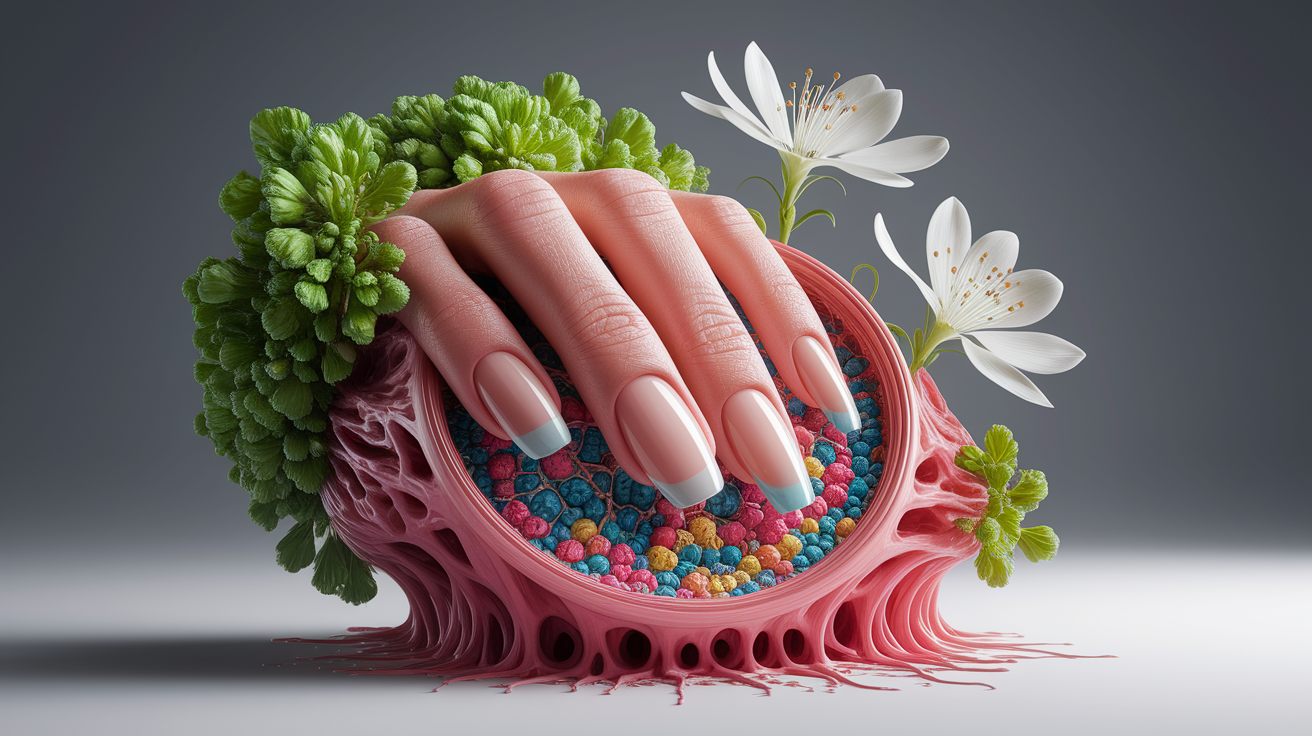
From Cells to Plate: How Nails Extend
Think of nail growth like building a conveyor belt of tiny bricks. The nail matrix produces new keratin-filled cells, and as fresh “bricks” are added at the base, older ones are pushed forward. These older cells flatten, harden, and form the visible nail plate attached to the nail bed.
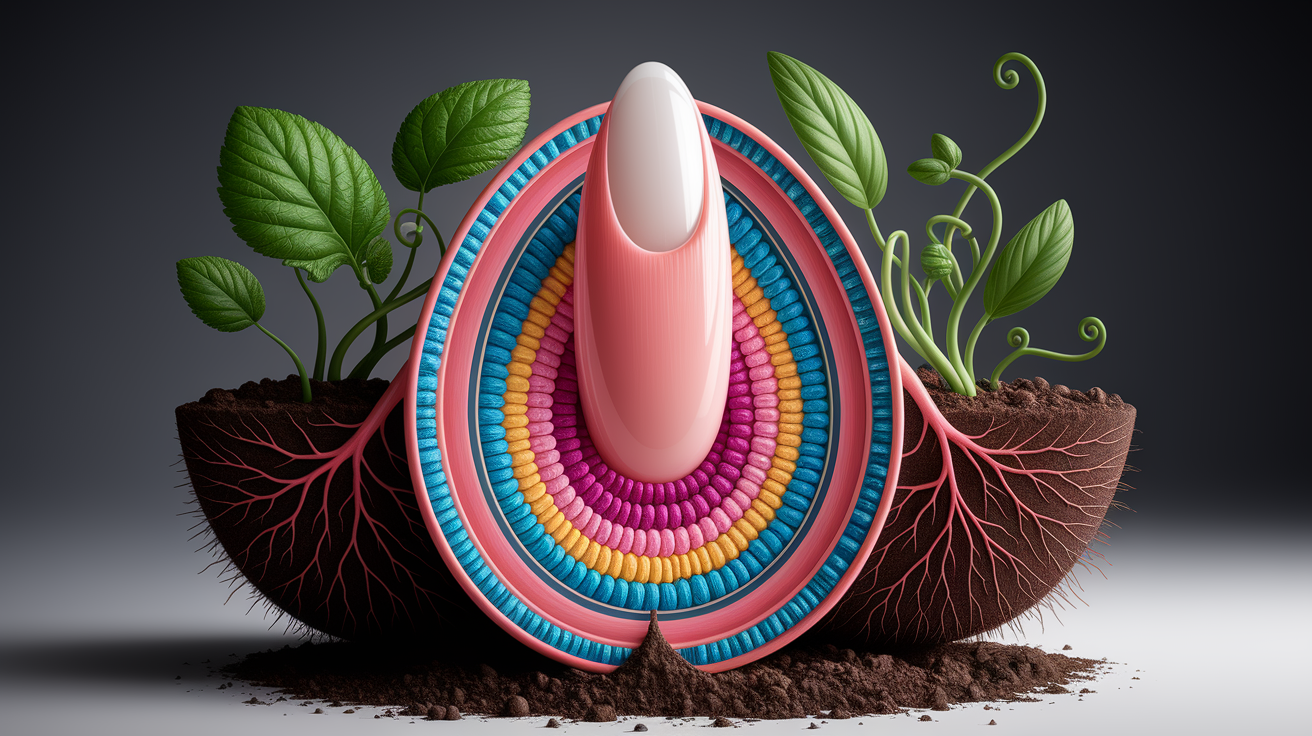
- Nail root: The starting point hidden beneath the skin, where new cells are made.
- Nail plate: The hard part we trim and decorate.
- Nail bed: The skin underneath that supports the plate.
- Cuticle (eponychium): Protects the matrix from germs and injury.
- Hyponychium: The skin under the free edge of the nail, providing a barrier.
This process is continuous — unlike hair, which grows in cycles — meaning your nails are always on the move forward. For more detailed nail anatomy, see this nail structure overview.
The Growth Cycle: Phases of Nail Development
Even though nails grow continuously, scientists categorize their development into three phases:
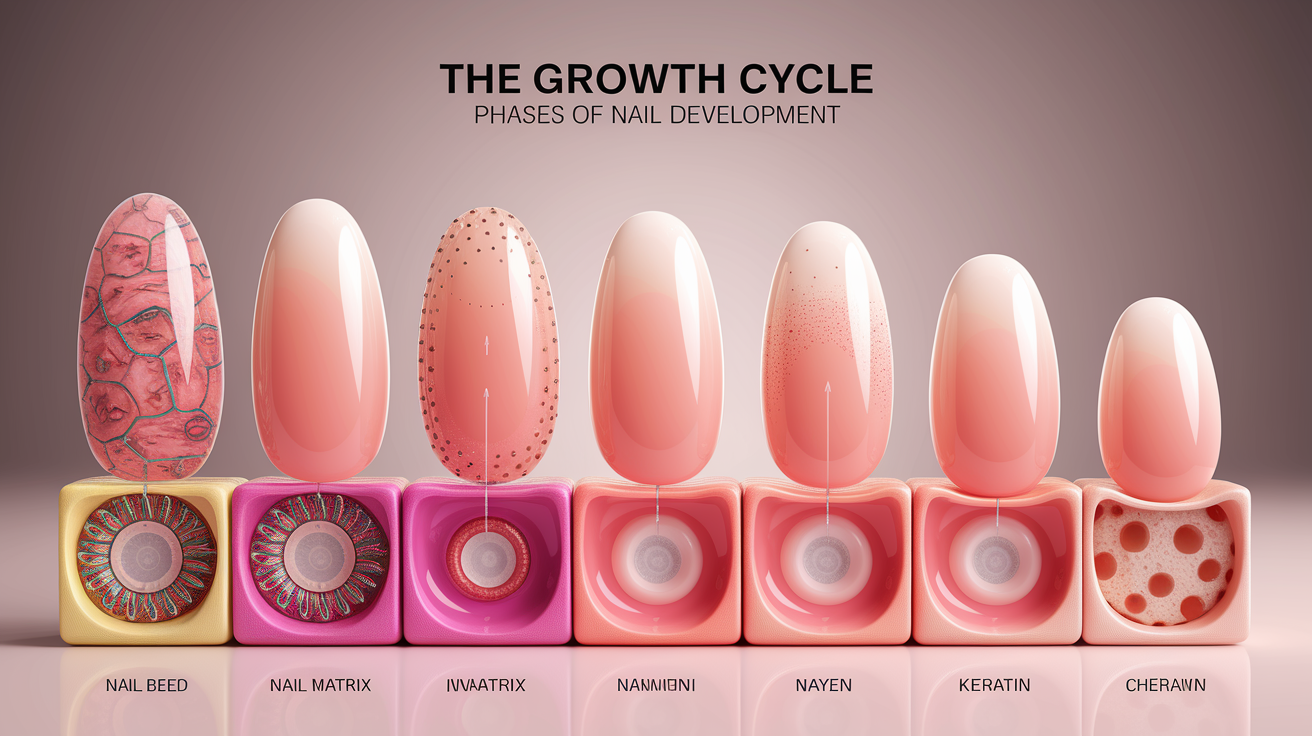
- Anagen: Active growth, where nail matrix cells are rapidly dividing and pushing the nail forward.
- Catagen: Transitional phase with a slowdown in cell activity.
- Telogen: Resting period when growth appears minimal.
Fingernails usually take 3 to 6 months to completely replace themselves, while toenails may take up to 18 months. You can find more about these phases in this guide to nail growth.
Measuring Growth: Rate and Influences
The average nail growth rate for fingernails is around 3 to 3.5 mm per month. But factors like age, nutrition, health, and even the seasons can change this speed.

- Age: Younger people generally see faster growth.
- Health: Illness or injury can slow nail production.
- Nutrition: Proteins, vitamins, and minerals are key to keratin production.
- Hormones: These influence how quickly matrix cells divide.
- Temperature: Nails can grow slightly faster in warmer months due to increased blood circulation.
Blood supply to the hands also plays a role — better circulation to the matrix means better access to oxygen and nutrients, which fuels protein synthesis and cell division.
Why Growth Matters: Protection and Function
Nails aren’t just for aesthetics — they have important jobs:
- Protection: Safeguard sensitive fingertip tissues.
- Support: Provide a backing for precise finger movements and grip.
- Enhanced Sensation: Nails act like tiny counter-pressure devices that make touch more effective.
- Tools: Useful for tasks like scratching, peeling, or picking up small objects.
The continuous renewal of keratinized cells ensures nails stay functional and can recover from small damages over time. For more on their anatomy and roles, check out this nail anatomy summary.
Nailing It: Final Thoughts
Your nails are living records of the steady work happening beneath the surface at the nail matrix. Whether you notice them growing faster in summer or need to trim them every couple of weeks, that’s the result of an ongoing process of cell division, keratin production, and outward movement. Understanding the nail growth process isn’t just fascinating — it helps you appreciate the biology behind your natural manicure and might even inspire you to treat your nails with a little extra care.

